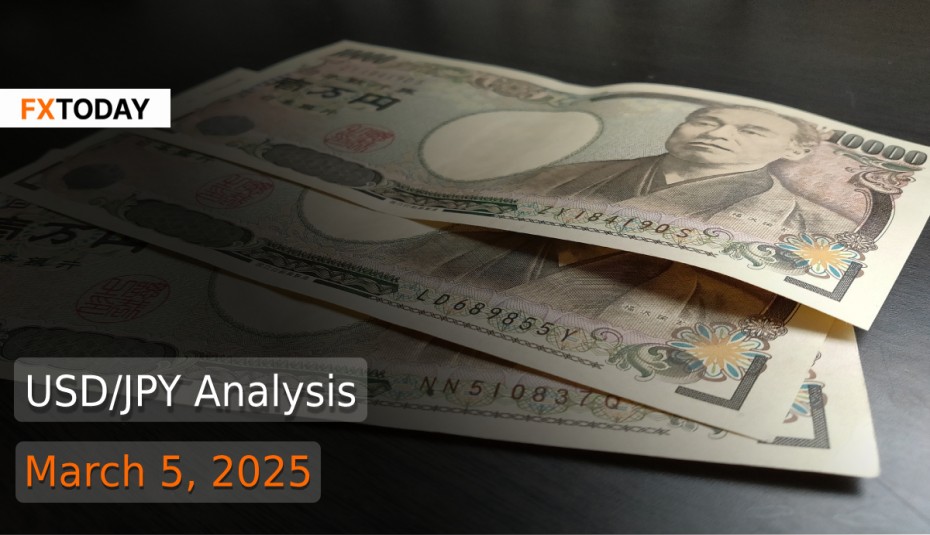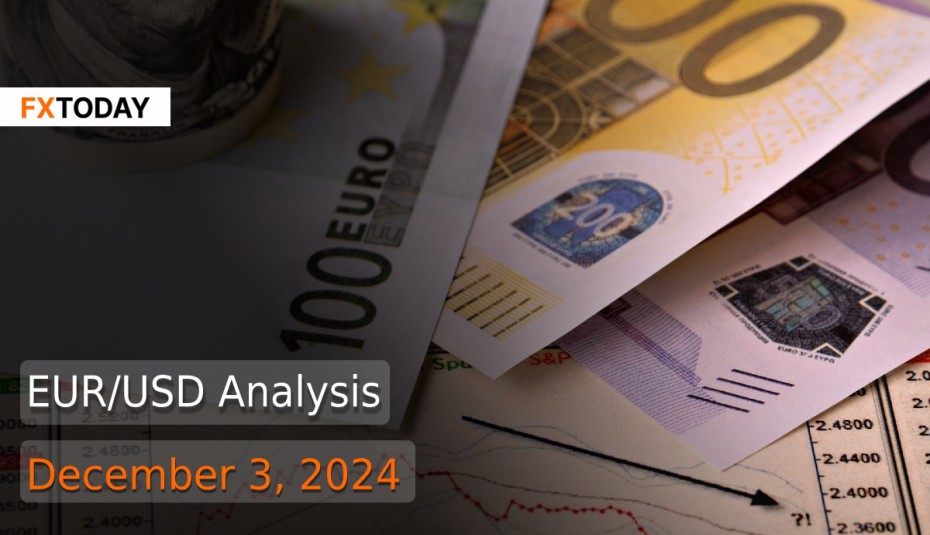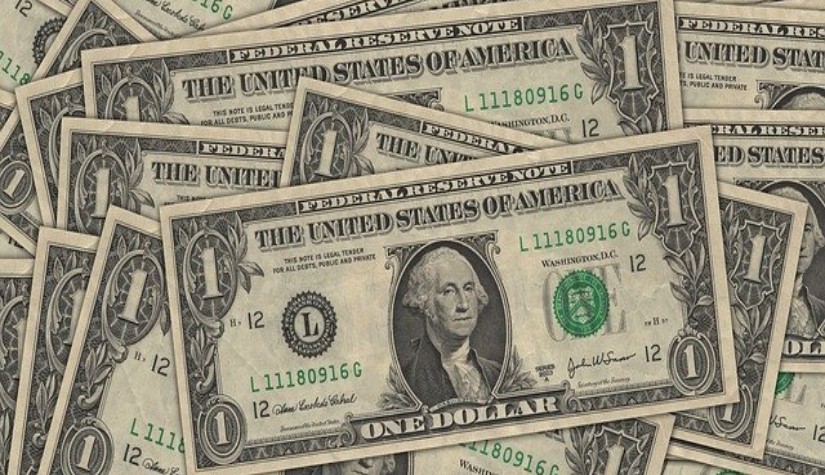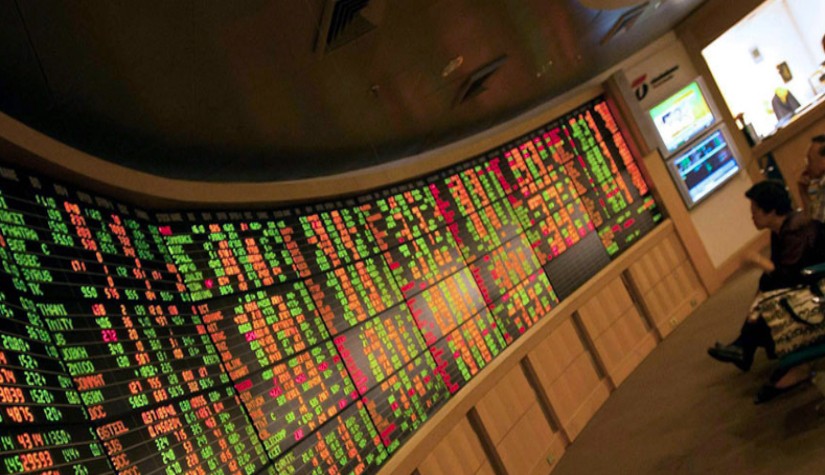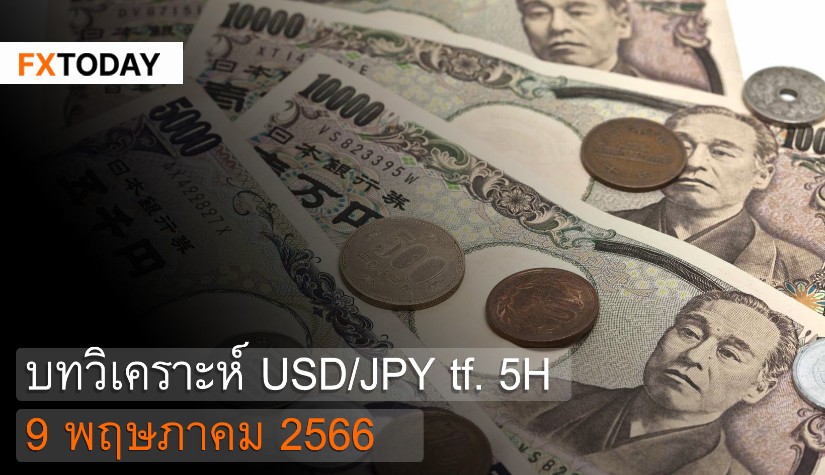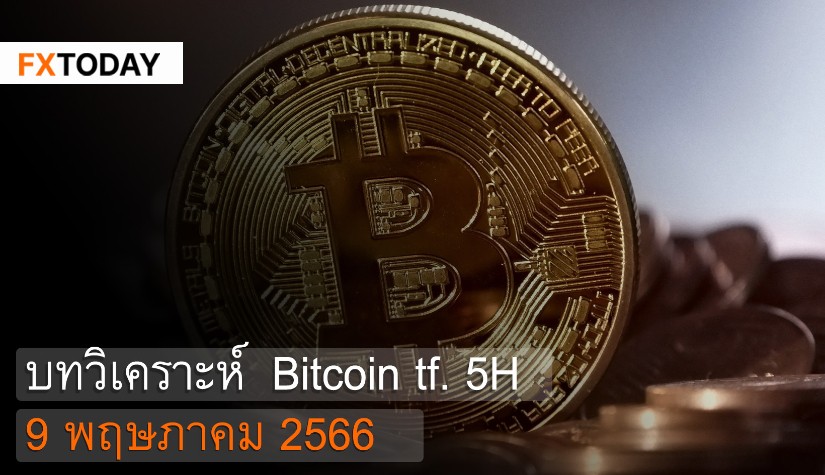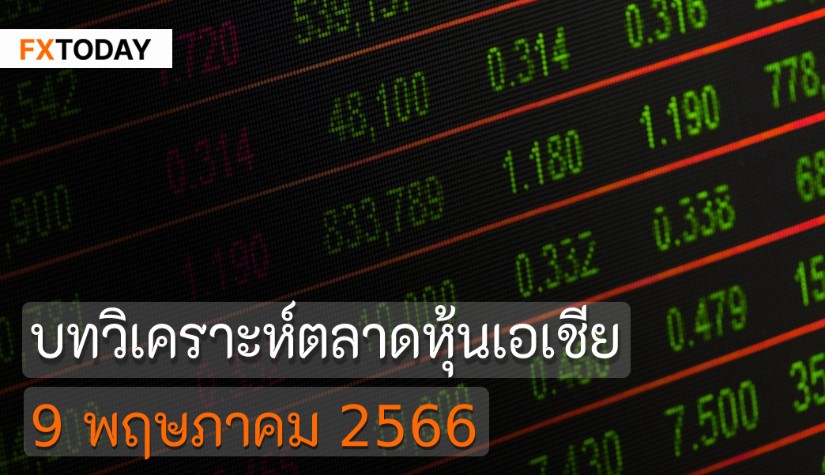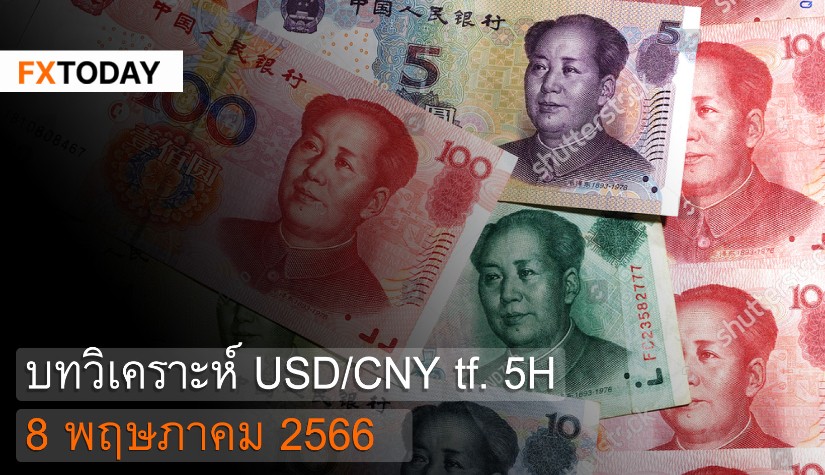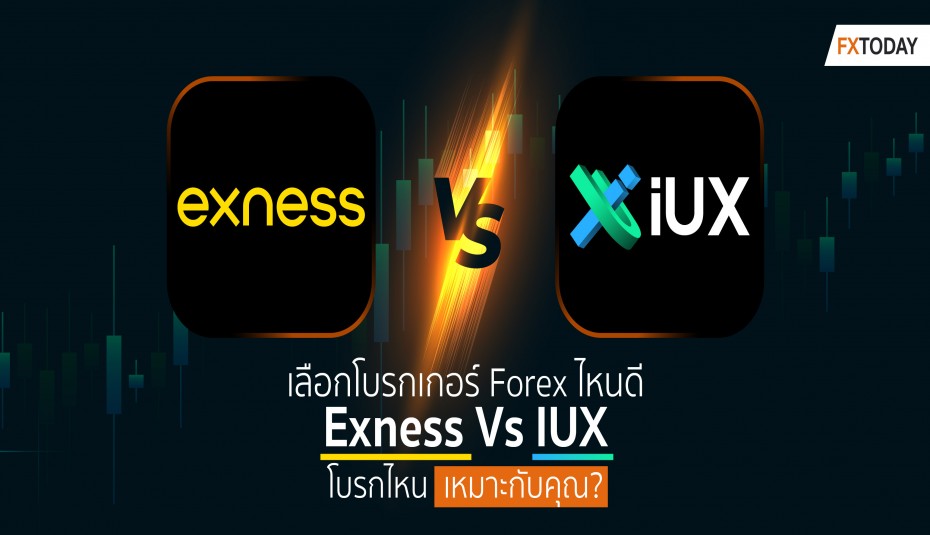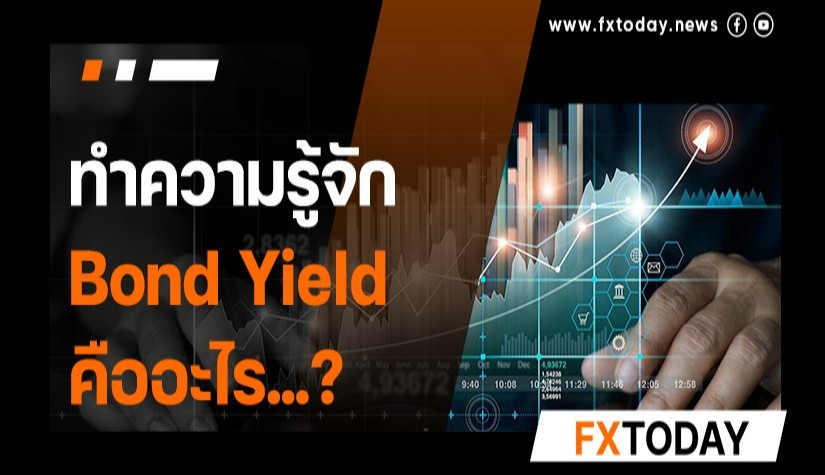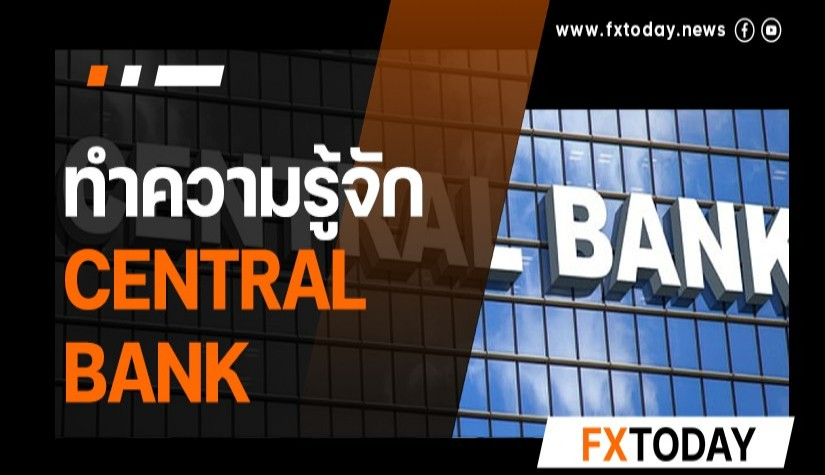Yen Surges to 4-Month High, BOJ Rate Hike Expectations
The Japanese yen surged to a four-month high after Donald Trump criticized Japan and China for currency devaluation, potentially influencing the Bank of Japan's (BOJ) interest rate plans. Analysts attribute the yen’s strength to defensive forex positioning and expectations that global rates may align with Japan’s low levels amid trade war threats.
Tokyo’s core CPI rose 2.2% in February, slightly below forecasts but still above the BOJ's target, driven by strong private spending. Headline inflation slowed to 2.9%, while underlying inflation hovered near 2%. The BOJ’s January rate hike suggests further tightening if inflation meets projections. While subsidies have curbed energy costs, food prices remain high, reinforcing expectations for additional rate increases.
Japan's economic outlook remains mixed. The jobless rate edged up to 2.5% in January, and corporate capital spending declined for the first time in nearly four years due to labor shortages and global uncertainty. Despite rising corporate profits, Trump’s tariffs have dampened investment sentiment. Japan aims to double corporate capital expenditure by 2040, emphasizing policy incentives for key sectors like green energy, semiconductors, and AI.
Prime Minister Shigeru Ishiba’s economic panel has urged bold measures to boost investment. Japan’s capital spending exceeded 100 trillion yen last year for the first time in 32 years, but further policy support is needed to enhance competitiveness. The government plans to ease land-use regulations and expand exports in sectors like agriculture, entertainment, and tourism.
To balance finances, Ishiba’s coalition revised the fiscal budget, cutting $2.3 billion—the first forced revision since 1996. The new 115.2 trillion yen budget slightly reduces bond issuance to address debt concerns. Concessions to the opposition include higher household subsidies and tax exemptions, leading to revenue shortfalls covered by reserve funds. With elections approaching, further spending measures may be introduced.
Manufacturing contracted for the eighth straight month, with the PMI at 49.0, signaling weak demand. Industrial output fell, but retail sales rose 3.9% YoY, indicating resilient consumer spending. Wage growth remains a key policy focus, with major unions demanding record-high pay hikes. The BOJ sees rising wages as essential for sustaining inflation and justifying further rate hikes.
Japan’s service sector expanded at its fastest pace in six months, with the PMI rising to 53.7, supported by strong exports to Taiwan and Vietnam. However, labor shortages remain a concern. Service-sector inflation hit 3.1%, reinforcing expectations of continued BOJ tightening.
BOJ Governor Ueda warned of global economic uncertainty, particularly regarding U.S. tariffs. Despite geopolitical risks, Japan’s inflation and growth trends support rate hike expectations, likely in Q3. The BOJ remains cautious, prepared for emergency bond-buying if needed. Deputy Governor Shinichi Uchida reaffirmed plans to scale back bond purchases while maintaining monetary easing.
Currency official Atsushi Mimura downplayed the yen’s appreciation, linking it to economic fundamentals and BOJ rate hike expectations. Market speculation has driven record-long yen positions, reversing years of short-selling. The yen’s 4% gain this year reflects robust inflation and higher Japanese bond yields, reducing the appeal of dollar investments.
Meanwhile, the U.S. dollar weakened as trade tensions escalated. Economic indicators point to a slowdown, with U.S. consumer confidence at a 15-month low and GDPNow forecasting a -2.8% contraction. Speculation is growing over a potential trade policy overhaul akin to the 1985 Plaza Accord to weaken the dollar.
U.S. manufacturing remained stable in February, but factory costs hit a three-year high, exacerbating inflation risks. The PMI dipped to 50.3, reflecting tariff-related uncertainty and falling new orders. Small businesses shed jobs, particularly in leisure and hospitality, raising concerns about economic strain. The construction sector weakened, with falling multi-family homebuilding and potential new lumber tariffs.
Federal Reserve officials are monitoring tariff impacts on inflation. New York Fed President John Williams sees no immediate need for rate cuts but acknowledges trade policy uncertainty. The Fed may reassess its stance as economic risks evolve.
Given these factors, USD/JPY may experience downside pressure, especially if Japanese bond yields remain attractive and U.S. economic indicators show signs of weakness. However, the BOJ's conservative approach and potential intervention measures could limit excessive yen strength, resulting in a fluctuating trading range for USD/JPY in the near term.
Data for Technical Analysis (5Min) CFD USD/JPY
Resistance : 150.06, 150.08, 150.11
Support : 150.00, 149.98, 149.95
5Min Outlook
Source: TradingView
Buy/Long 1 If the support at the price range 149.95 – 150.00 is touched, but the support at 150.00 cannot be broken, the TP may be set around 150.07 and the SL around 149.90, or up to the risk appetite.
Buy/Long 2 If the resistance can be broken at the price range of 150.06 – 150.11, TP may be set around 150.17 and SL around 149.95, or up to the risk appetite.
Sell/Short 1 If the resistance at the price range 150.06 – 150.11 is touched, but the resistance at 150.06 cannot be broken, the TP may be set around 149.99 and the SL around 150.16, or up to the risk appetite.
Sell/Short 2 If the support can be broken at the price range of 149.95 – 150.00, TP may be set around 149.91 and SL around 150.11, or up to the risk appetite.
Pivot Points Mar 5, 2025 03:33AM GMT
|
Name
|
S3
|
S2
|
S1
|
Pivot Points
|
R1
|
R2
|
R3
|
|---|---|---|---|---|---|---|---|
| Classic | 149.91 | 149.95 | 149.99 | 150.03 | 150.07 | 150.11 | 150.15 |
| Fibonacci | 149.95 | 149.98 | 150 | 150.03 | 150.06 | 150.08 | 150.11 |
| Camarilla | 150 | 150.01 | 150.01 | 150.03 | 150.03 | 150.03 | 150.04 |
| Woodie's | 149.91 | 149.95 | 149.99 | 150.03 | 150.07 | 150.11 | 150.15 |
| DeMark's | - | - | 149.96 | 150.02 | 150.04 | - | - |
Sources: Investing 1, Investing 2

